MARY CORSE (geb. 1945)
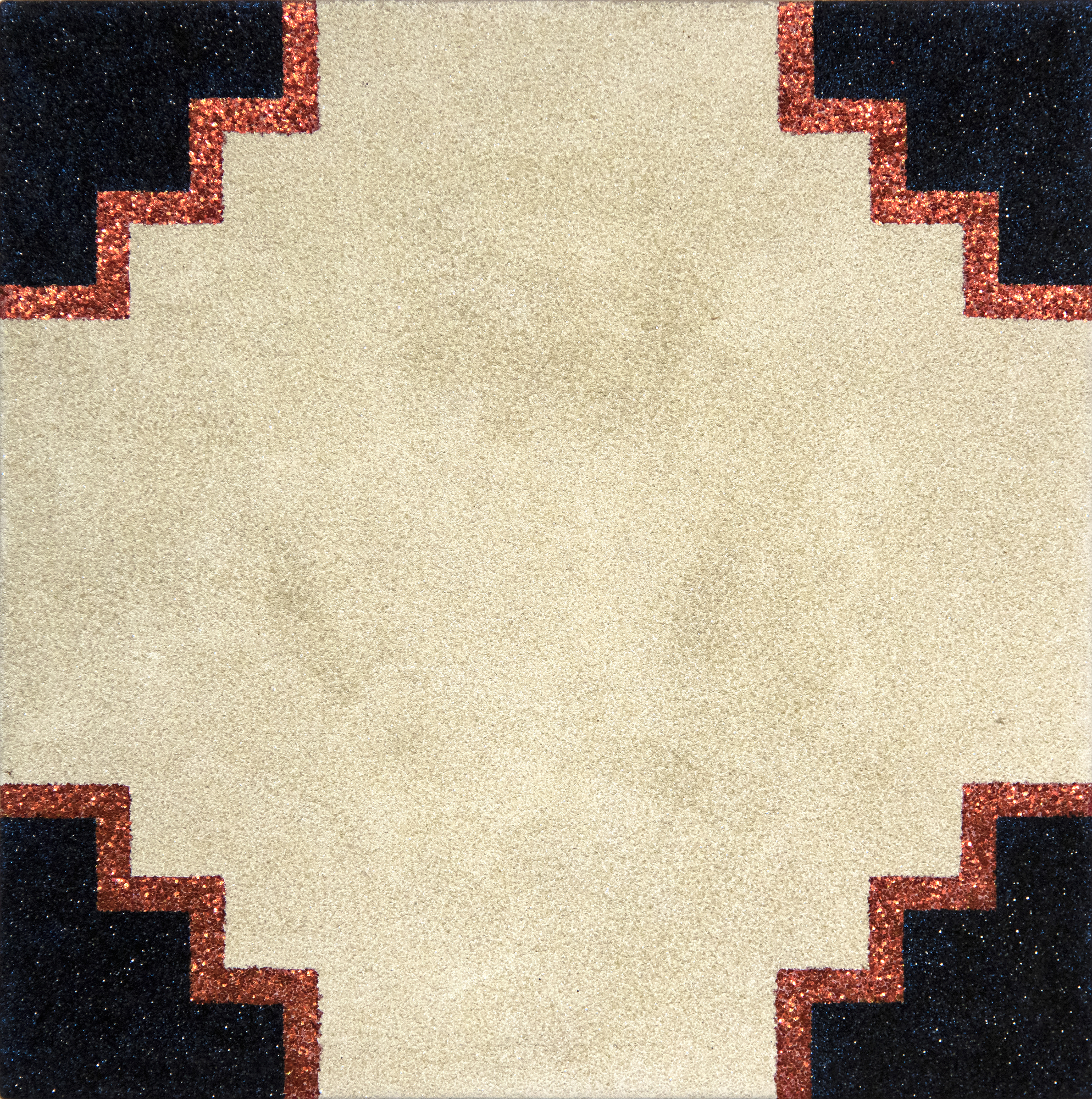
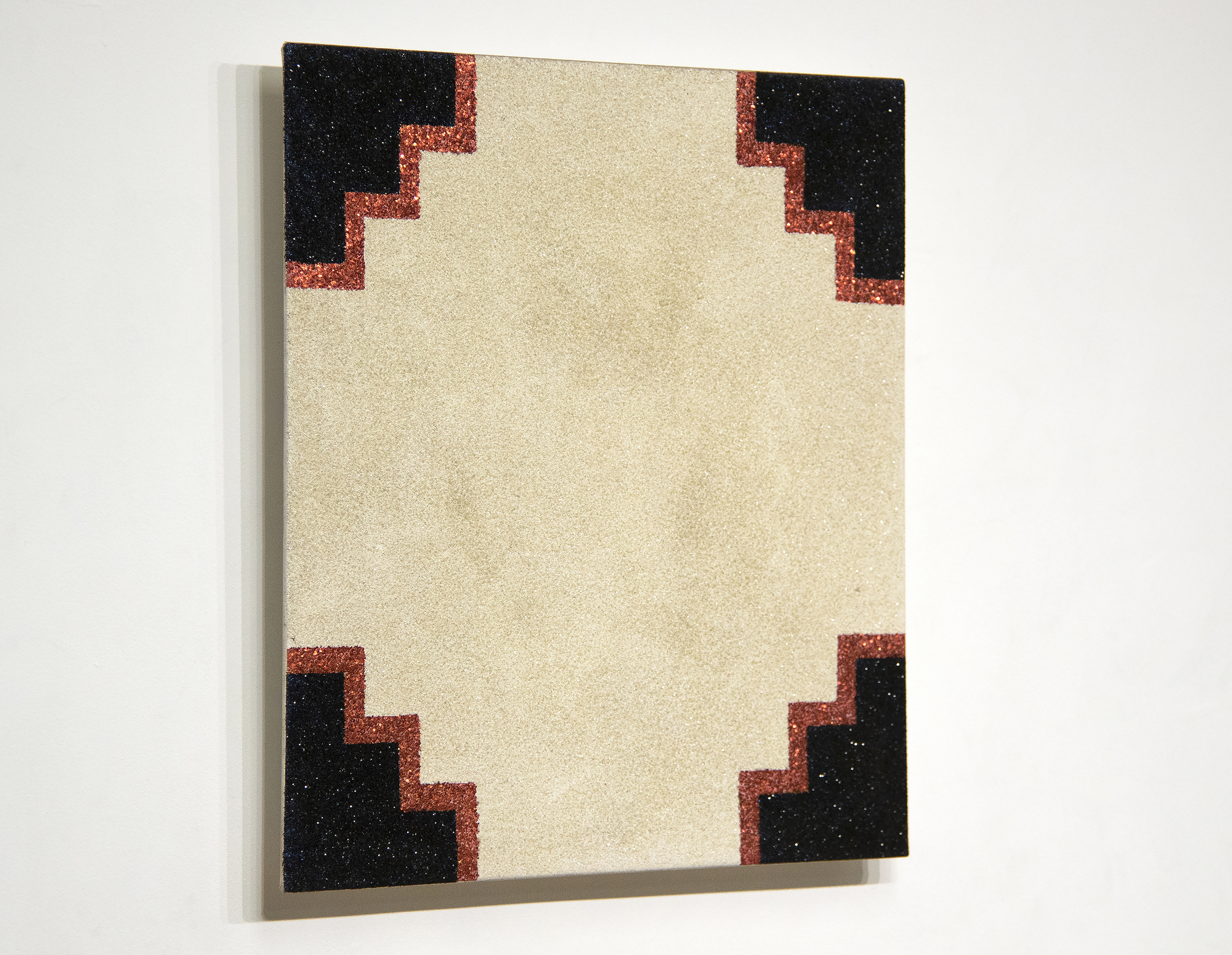
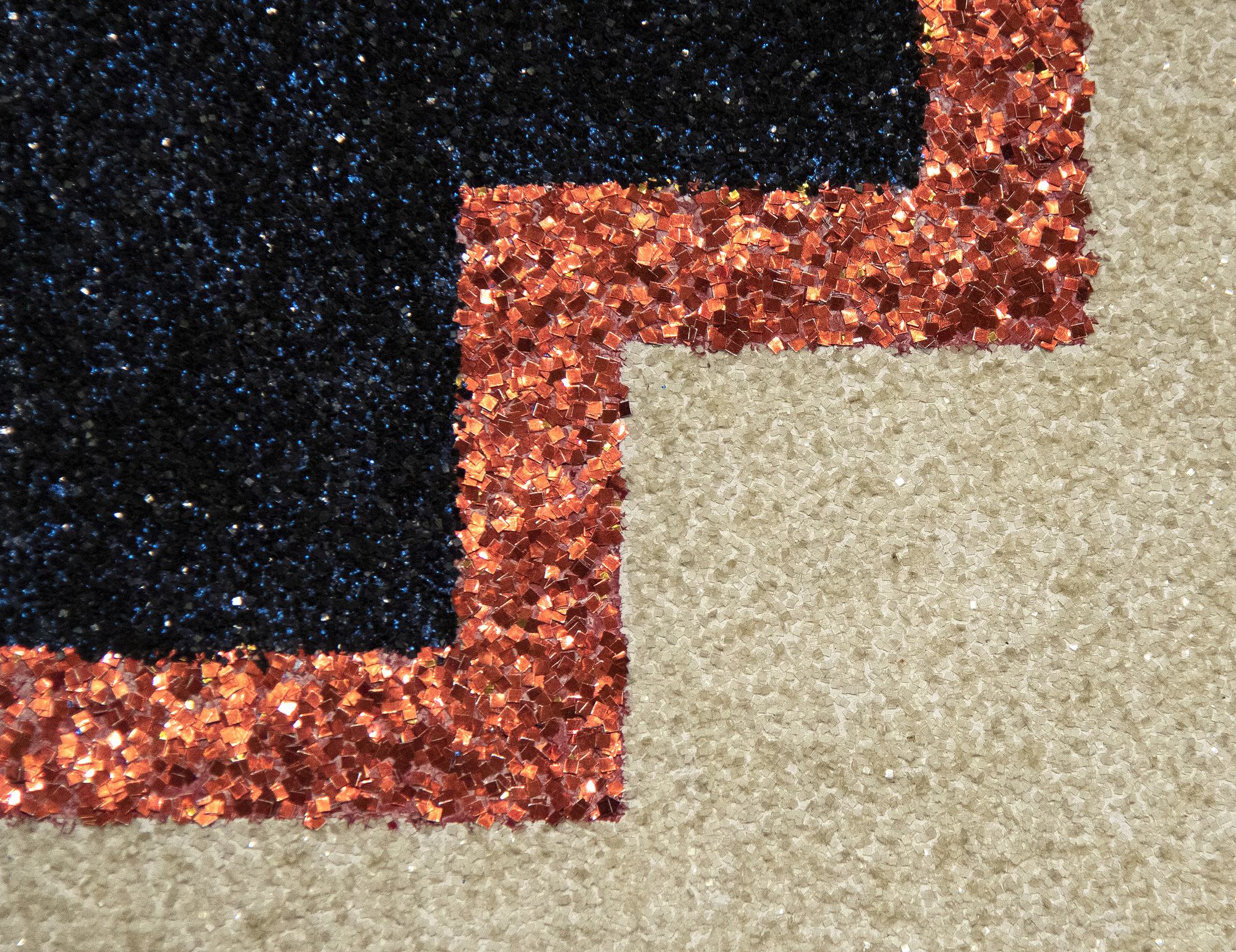
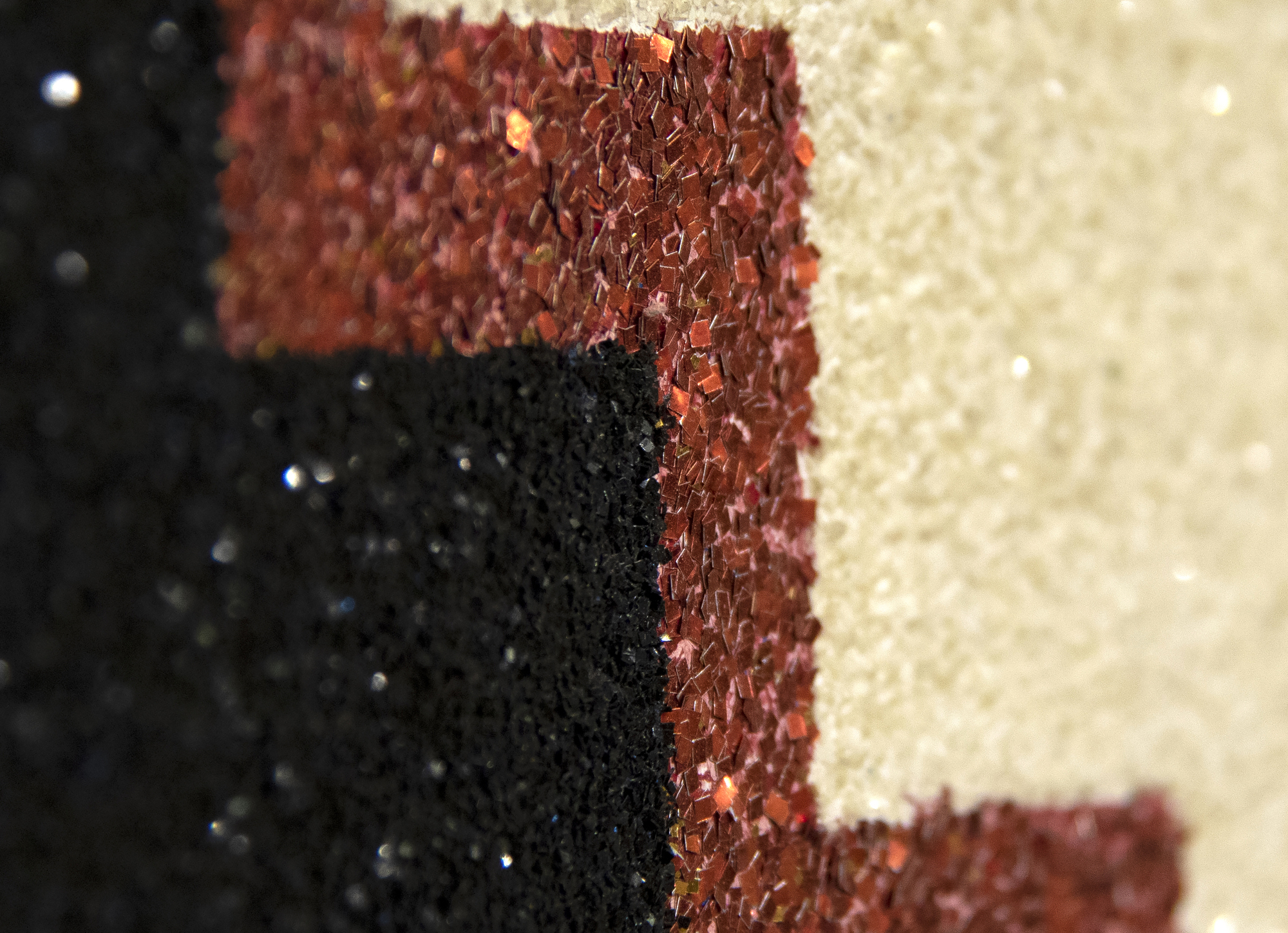
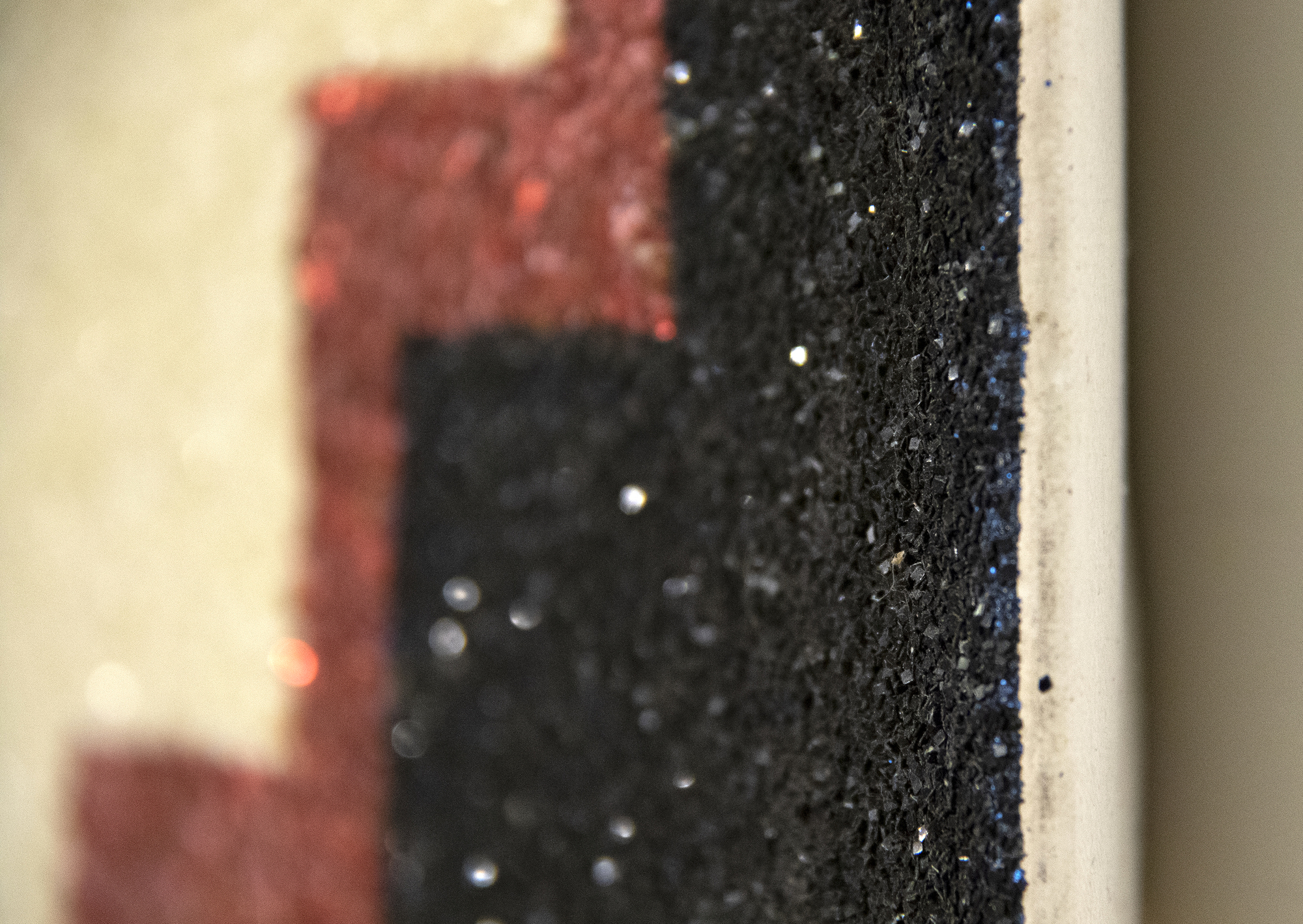
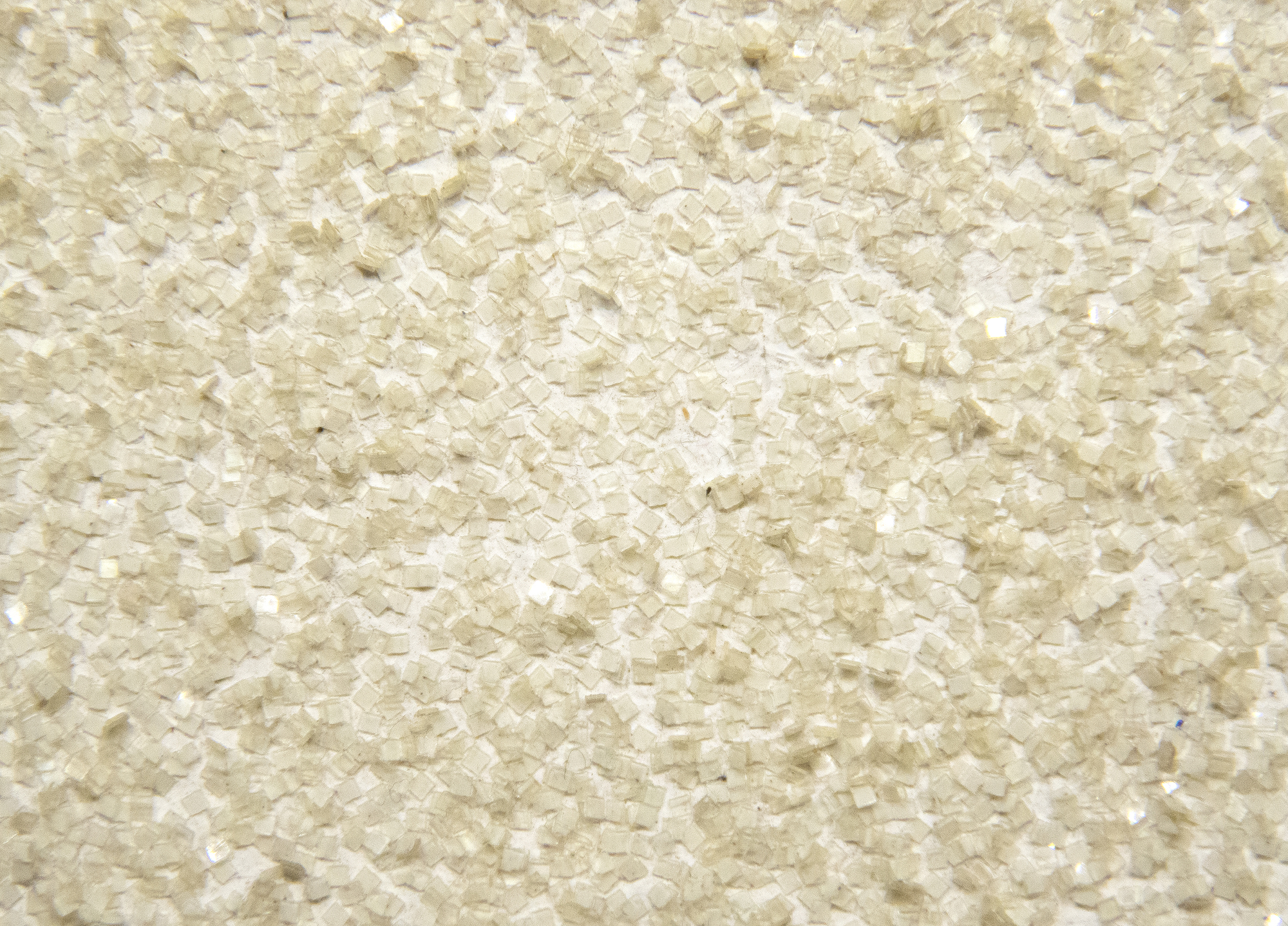
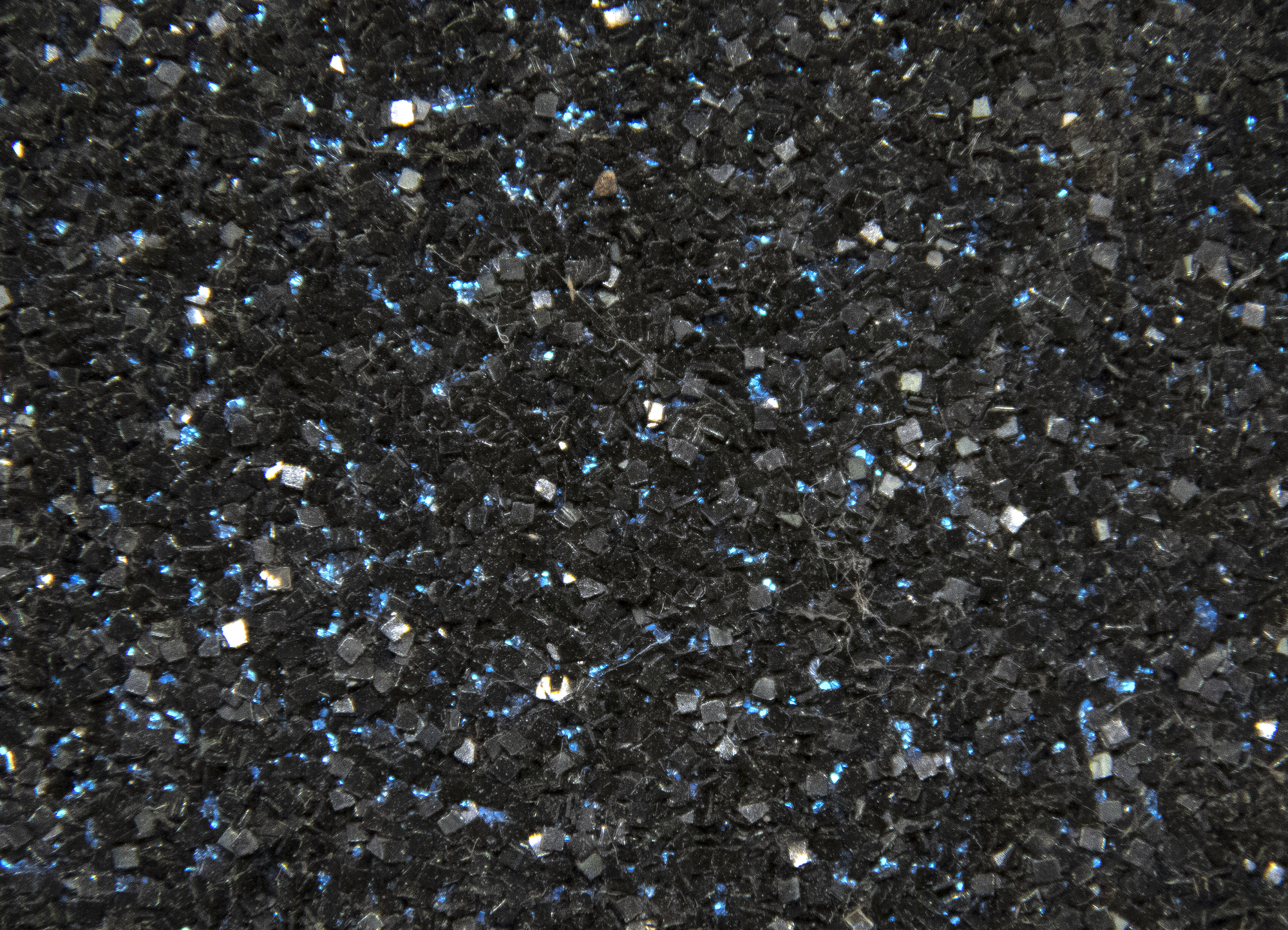
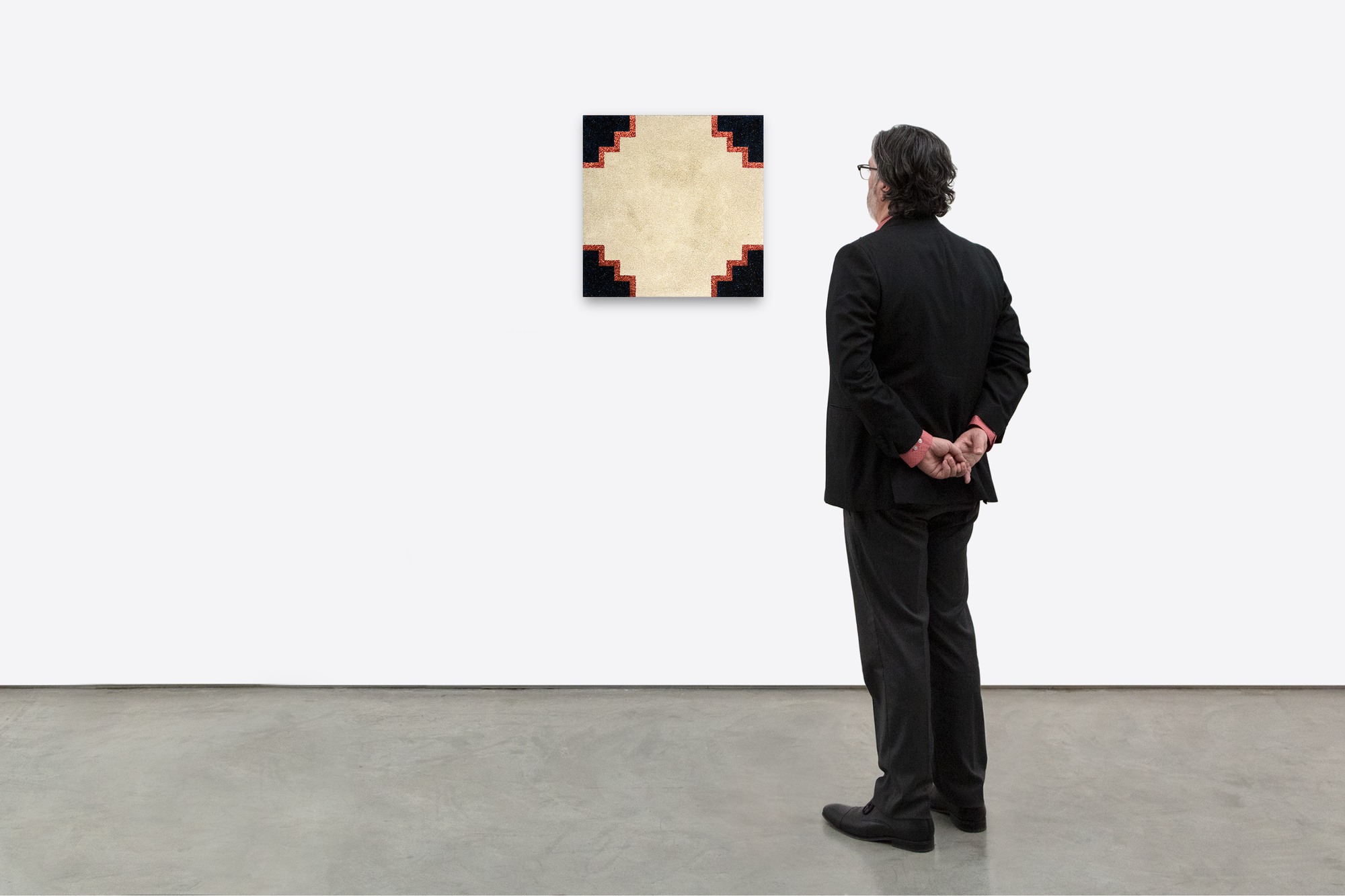
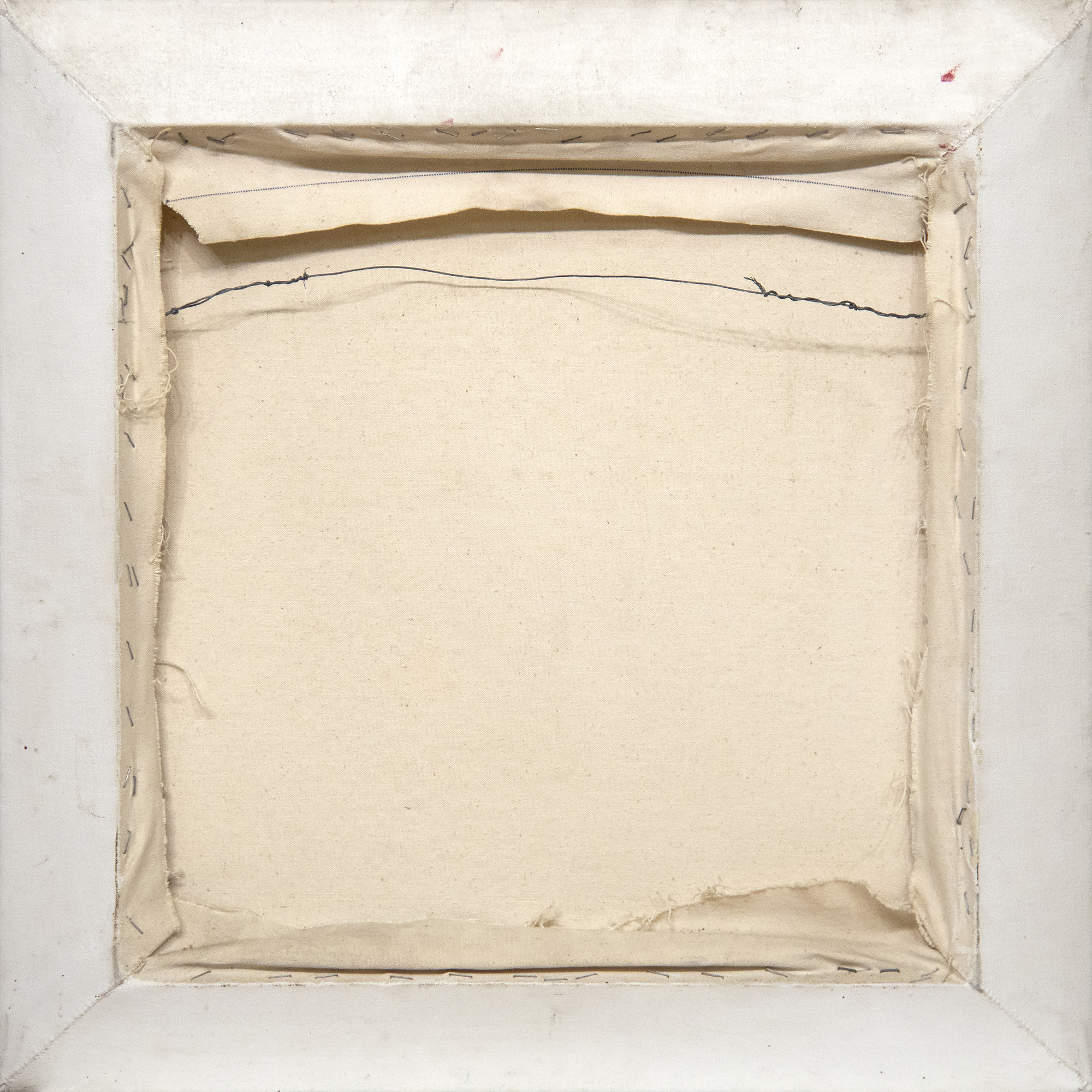
Provenienz
Privatsammlung, Geschenk des Künstlers, 1975Christie's New York: Freitag, 27. September 2019, Los 00104
Privatsammlung
125,000
Ein fotografisches Bild eines Mary Corse Mikrokugel-Gemäldes ist nicht nur eine langweilige Darstellung, sondern geht auch am Thema vorbei - es handelt sich um erfahrungsabhängige Kunst, die eine Beteiligung erfordert, um zu "sein". Natürlich widersetzt sich "Untitled" (1975) dieser statischen Ein-Punkt-Perspektive und ist stattdessen auf eine interaktive Kunsterfahrung in Echtzeit angewiesen, die das Bewusstsein für den Körper im Raum schärft, während der Betrachter Verschiebungen von Netzhautreizen, Empfindungen und Gefühlen erlebt. Es ist ein seltener Vogel. Ungewöhnlich zierlich mit einer Größe von zwei Fuß im Quadrat, täuschen Design, Geometrie und Farbe über ihre frühere Offenbarung hinweg, die zu einer Hingabe an ihre übliche reduzierte Farbpalette führte. Stattdessen ist es ein kühnes Statement in Paillettenfarbe, dessen Mittelfeld an den Ecken durch ein glitzerndes rotes Stufenmotiv begrenzt wird, das es von seinen sternenübersäten Nachthimmel-Eckzwickeln trennt. Es enthält zwar kein Sternenmotiv, aber es hat den Glamour und die Präsenz, die auf Hollywoods Walk of Fame gehört.


